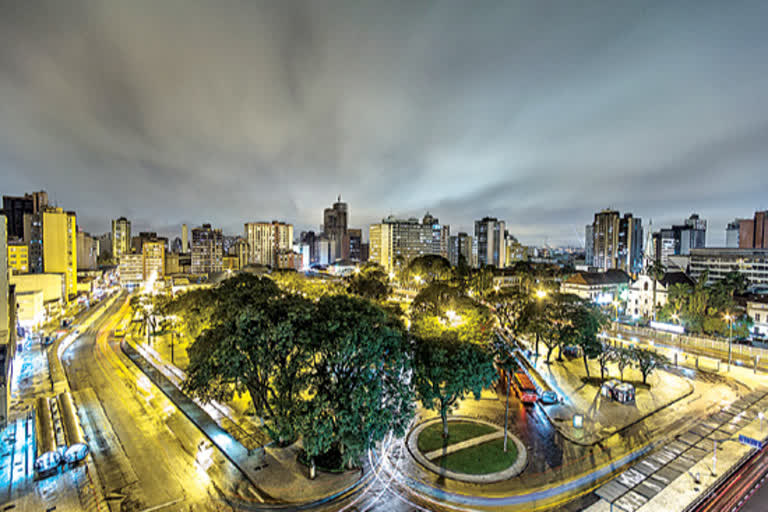Paraná: 10-years-old Christiano Pereira attended his school after vacations that day when his teacher asked him to bring notebooks from the following day. To buy new books for his class, Christiano sold house trash for 8 pounds.
Every week Christiano and his brother used to take trash from their house and exchange it for fresh fruit, chocolates and cakes. Surprisingly, this system helps ordinary people to avail daily essentials in exchange to the trash and this is what makes Curitiba town is famous for.
Curitiba too had problems!
Until the 1970s, this city was also littered with many problems. The whole world was shocked by the transformation that took place all because of the vision of a former Mayor of Curitiba Jaime Lerner.
With the increased population, the region witnessed heavy traffic following which people faced problems in commutation and transportation. They were forced to live in congested homes under conditions of illiteracy, unemployment, pollution and poverty due to which there was a steep rise in the slum dwellers across the city.
But with passing time, Curitiba has emerged as a model town due to the following factors:
Waste Management
Garbage is no more a wastage here. Anything that is thrown away is being recycled here and used in a different form. That's why the city is known as the World’s Recycling Capital.
The recycling method not only keeps the city clean but also gives rise to various employment opportunities to the poor, for their sustainability.
Reduction in the diseases as cleanliness is maintained everywhere.
Above all, the rivers have been kept free-flowing thereby reducing the chances of flooding due to garbage accumulation in the water bodies.
The method of giving tokens in exchange for the garbage collected for recycling has done wonders to the people. Tokens were converted into money. Following this formula, nearly 90 per cent of the people in town are involved in the eco-friendly recycling process thereby reducing the garbage and wastage in the town.
The town’s wastage, almost to the tune of 70 per cent gets recycled regularly.
Large parks are built where citizen have ownerships of 50 square feet of greenery.
Infrastructure
During the early days, the urban population grew at an alarming rate because of the large scale migration of people into this city. To ease the traffic movement, a large number of subways and metros were needed but the town was unable to afford a huge budget.
In 1991, subways were constructed on the roads itself. Tubular stations with mirrors were placed by the side of which long buses would pass by. The passengers could use any of the entrances inbuilt in the tube stations. These long buses were designed to carry a large number of people in each lap and the commutation method was termed Bus Rapid Transit (BRT). About 300 other towns and cities have henceforth followed this strategy of public transport.
Curitiba’s citizens have more number of cars than those living in its capital city, Brasilia. However, it is to be understood as to how convenient it is for the citizens to use the BRT public transport system, as about 85% of the city dwellers use the BRT system;
